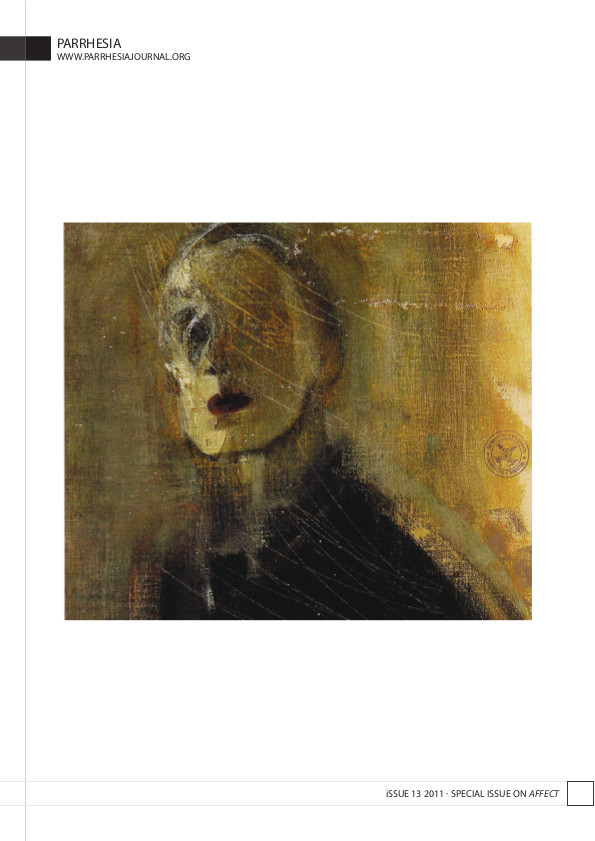continent. journal, Issue 2.4 (2013)
Filed under journal | Tags: · aesthetics, art, philosophy, photography
continent. maps a topology of unstable confluences and ranges across new thinking, traversing interstices and alternate directions in culture, theory, politics and art.
continent. exists as a platform for thinking through media. text, image, video, sound and new forms of publishing online are presented as reflections on and challenges to contemporary conditions in politics, media studies, art, film and philosophical thought.
Contributors to this issue: Alexander R. Galloway, Peter Burleigh, Isaac Linder, Nico Jenkins, Vincent W.J. van Gerven Oei, A. Staley Groves, Eileen A. Joy, Bernhard Garnicnig, Paul Thomas and Tim Morton
Edited by Paul Boshears, Jamie Allen, Nico Jenkins
Creative Commons Attribution 3.0 License
ISSN 2159-9920
PDF (single PDF)
View online (HTML and PDF articles)
Back issues
Fredric Jameson: The Geopolitical Aesthetic: Cinema and Space in the World System (1992)
Filed under book | Tags: · aesthetics, capitalism, cinema, film, film theory, narrative, philosophy, politics, postmodern

Taking contemporary films from the United States, Russia, Taiwan, France, and the Philippines, The Geopolitical Aesthetic offers a reading of some of the most interesting films of the last decade and a general account of filmic representation in the postmodern world. Fredric Jameson poses some essential questions: How does representation function in contemporary film? How does contemporary cinema represent an ever more complex and international social reality? Jameson’s sophisticated and theoretically informed readings stress the ways in which disparate films—for example, Godard’s Passion, Pakula’s All the President’s Men, Yang’s The Terrorizer, Tahimik’s The Perfumed Nightmare, Tarkovsky’s Andrei Roublev—confront similar problems of representation. The solutions vary widely but the drive remains the same—the desire to find adequate allegories for our social existence.
The Geopolitical Aesthetic, a refinement and development of the arguments put forward in Jameson’s seminal work The Political Unconscious, is crucial reading for everyone interested in both film analysis and cultural studies.
Publisher Indiana University Press, 1992
Perspectives Series
ISBN 0253330939, 9780253330932
220 pages
Parrhesia: A Journal of Critical Philosophy, No. 13: Special Issue on Affect (2011)
Filed under journal | Tags: · aesthetics, affect, phenomenology, philosophy

“This special issue of Parrhesia has developed from the 2010 Australasian Society for Continental Philosophy’s Conference at the University of Queensland on the theme of the philosophy of affect. [..]
The issue contributes to the “affective turn” by engaging in studies of affect grounded in non-dualist ontologies and by considering affect in relation to the work of art. The collection also works against the narrowly defined “turn” by providing nuanced readings of philosophers understood by the “turn” only in clichéd terms, as ultra-rationalist or anaffective.” (from the Introduction)
With contributions by Antonio Calcagno, Sara Heinämaa, Paul Redding, Bernard Stiegler, Geoff Boucher, Max Deutscher, Paul Formosa, Stuart Grant, Jane Lymer, Matthew Sharpe, Marie Christine Tams, Magdalena Zolkos, and Robert Sinnerbrink.
Edited by Marguerite La Caze and Henry Martyn Lloyd
Publisher Open Humanities Press
Creative Commons Attribution-Noncommercial-No Derivative Works 3.0 License
ISSN 1834-3287
210 pages
PDF (single PDF)
PDF (PDF articles)

